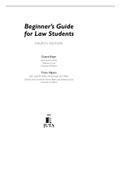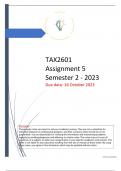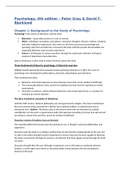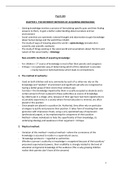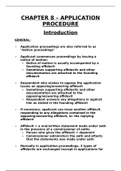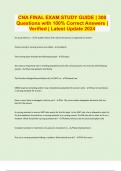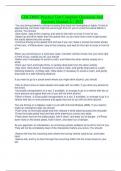Beginner’s Guide
for Law Students
FOURTH EDITION
Duard Kleyn
BA LLB LLD (Pret)
Professor of Law,
University of Pretoria
Frans Viljoen
BLC LLB MA (Pret) LLM (Cantab) LLD (Pret)
Director of the Centre for Human Rights and professor of law,
University of Pretoria
2010
, First edition 1995
Second impression 1996
Second edition 1998
Third edition 2002
Fourth edition 2010
Reprinted 2011
Reprinted 2012
Second impression 2012
Reprinted 2014
Second impression 2014
Third impression 2014
Fourth impression 2014
Reprinted 2015
Reprinted 2016
Reprinted 2017
Reprinted 2018
Second impression 2018
Third impression 2018
© Juta & Co, Ltd
First floor, Sunclare Building,
21 Dreyer Street
Claremont
This book is copyright under the Berne Conven-
tion. In terms of the Copyright Act 98 of 1978,
no part of this book may be reproduced or
transmitted in any form or by any means (inclu-
ding photocopying, recording, or by any infor-
mation storage and retrieval system) without
permission in writing from the publisher.
ISBN 9 78 07021 8209 9
Set by GJ du Toit, Cape Town
Cover artwork: Detail from Paul du Toit’s
‘Happy campers’ 2005,
oil and oil stick on canvas,
130 cm × 260 cm
used with kind permission of the artist.
Cover design:
Nicolene van Loggerenberg,
IdeaExchange
Printed and bound in the
Republic of South Africa by
DJE Flexible Print Solutions
,Preface to the Fourth Edition
The title of this work suggests its purpose: a guide for law students starting
their legal studies. It provides a basic yet informative introduction to the
student exposed to the law for the first time.
Traditionally legal studies have been approached in a very theoretical
and compartmentalised way. This also applied to students’ encounter with
the law during the first year of study, when they are usually overwhelmed by
certain areas of private law. Theory is emphasised, and is often presented
to students in a manner which could (or has to) intimidate them. But nowa-
days it is generally accepted that students must, at the outset, acquire a
‘holistic’ view of the law, with more emphasis on certain practical skills. An
easily understandable visual presentation replaces the usual complex, and
frequently intimidating style of legal textbooks.
Beginner’s guide should be read with Skills workbook for law students, in
which the practical skills required by law students are dealt with more com-
prehensively and practice exercises are provided. Study skills (previously
chapter 1 of Beginner’s guide) are also now incorporated in the Skills work-
book. The two works should be used in tandem. For example, Beginner’s
guide chapter 3 is supplemented by the chapters on research skills (chapter
3) and reading skills (chapter 4) in the Skills workbook. The chapters on civil
and criminal procedure in Beginner’s guide (chapters 6 and 8) should like-
wise be read in conjunction with the chapters in the Skills workbook dealing
with writing, interviewing and oral advocacy skills (caps 5, 6 and 7).
The fourth edition also contains a CD ROM with additional study material
and guiding questions. The aim of the CD ROM is to provide an opportunity
to students to read a variety of texts and to reflect critically on them.
For the lecturer: We accept that no textbook can fit every lecturer’s per-
sonal approach. The curricula of educational institutions also differ. The lec-
turer is therefore free to add extra reading material to certain sections of the
text and CD ROM, or to shorten them, or to leave them out altogether.
We thank the following people:
• Colleagues, for their insights and contributions;
• Michael Dafel, for his research assistance;
• Sunét Slabbert and Carole Viljoen, for their assistance in the preparation
of the manuscript.
THE AUTHORS
Pretoria 2010
iii
,

